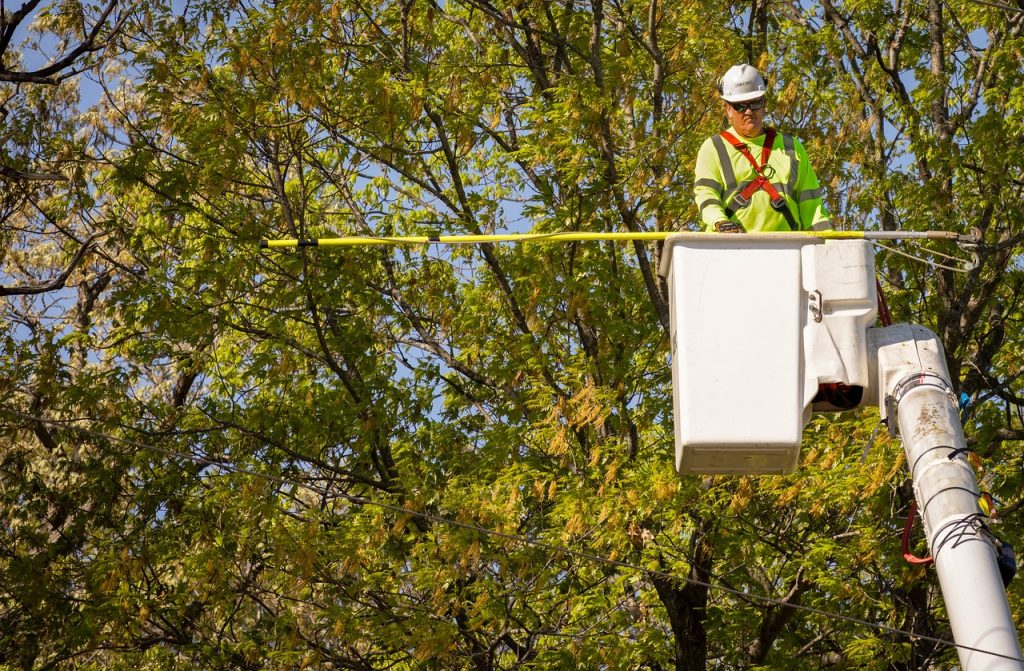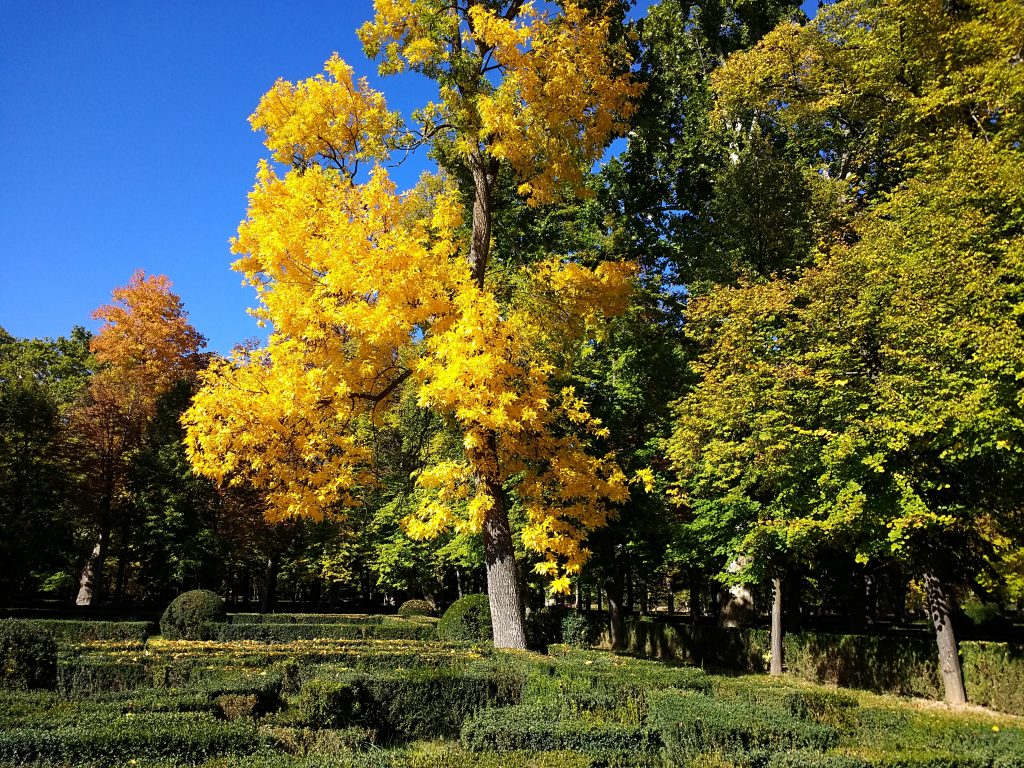Managing tree branches near fences requires careful planning and regular maintenance to ensure safety, prevent damage to the fence, and maintain the health of the trees. Here are some best practices for managing tree branches near fences:

Remember, safety should always be the top priority when managing tree branches near fences. If you are unsure or uncomfortable with pruning or managing tree branches
Regular inspections of trees near fences are essential for identifying potential risks, maintaining the health of the trees, and ensuring the safety and integrity of the fence. Here are some key considerations and steps to follow for conducting regular inspections:
Regular inspections of trees near fences allow for early detection of potential risks and facilitate timely management and maintenance. By prioritizing these inspections, property owners can ensure the safety of their surroundings, preserve the health of the trees, and maintain the integrity of the fence.
There are certain management techniques which are applied to trees and shrubs in agroforestry systems. Some of these techniques are similar to those used in the management of trees in forestry plantations, but others are different. The most important management techniques with regard to the part of the tree which is above ground are:
In addition, root competition can be reduced by certain management techniques applied to tree roots.
Removal of branches from the lower part of the tree crown is known as pruning or side pruning. While pruning a tree, branches are always cut near the stem.

The objectives of pruning in agroforestry are threefold:
Too much pruning may reduce the growth of certain species. For young trees, at least four or five layers of the green branches should remain uncut, while older trees of certain species can tolerate more severe pruning.
Pruning should be done at least up to the height the adjacent crops if trees are growing in fields. Such pruning facilitates farming operations and reduces competition. The best time for pruning is towards the end of the dry season when the work will not interfere with growing crops and when the workload in other agriculture tasks is not so heavy.
Lopping
Lopping is distinguished from pruning in that branches are not cut from the base. Also lopping is not always done starting from the lower part of the tree but can be more haphazard. If any selection of branches is made, the main criterion is often a good green leafy biomass since the lopping is usually done to obtain branches for fodder.
Lopping is the most common harvesting technique for tree fodder in many ASAL areas. One of the main advantages with this technique is that it allows harvest without killing the tree. All tree species can be lopped, but the growth rate of certain species can be retarded if they are heavily lopped.
If all the branches and the top part of a tree are cut off this is known as pollarding. There can be several objectives with pollarding:
The choice of pollarding height and frequency depends on the desired products. If the main aim is production of timber or poles, the top of the tree should be cut as high up as possible, and the pollarding interval should be such that the crown is kept as green and vigorous as possible for the maximum production of trunk wood. An interval of 2-5 years is appropriate in such cases.
On the other hand, if the main aim is production of fuel wood or fodder, it is better to pollard lower down the tree to facilitate access. Pollarding can then be done more frequently, e.g. once a year. It is advantageous to try to form a wide “stool” (the part of the tree remaining at the base when it has been cut) in order to achieve a substantial production of biomass.
Sometimes the main aim is to produce staking material, poles or fito for construction. In such situations a wide stool will allow many stems to grow. Initially too dense a stand may sprout after pollarding, and thinning is then recommended, leaving a suitable number of branches in relation to the size of the stems eventually desired.
Not all species can withstand pollarding. Some commonly pollarded species are:
Many species of trees and shrubs have the ability to resprout after the whole tree has been cut. If this ability is utilized for regeneration of the tree the practice is known as coppicing. Coppicing can almost be regarded as a method of tree propagation since it can substitute for the task of planting a new tree after a mature one is felled.

Systematic coppicing is applied as the management technique in alley cropping, and it may be an option for trees on soil-conservation structures. In such a situation coppicing may be done annually, but in other situations, e.g. regeneration of Eucalyptus for pole production, it may be much less frequent. In that case, an interval of 6-8 years may be more suitable.
Not all tree species will coppice after being cut. Some commonly coppiced species are:
Certain species coppice well when young but may not do so if cut at maturity. Examples are Casuarina spp., Crevillea robusta, Sesbania sesban and some Albizia spp.
Trees established by direct seeding or that have been planted with little space between them will soon start to compete with each other. A dense stand initially promotes straight growth and small branches, but later the trees must be thinned otherwise they will grow too slender and eventually not reach the desired size. Thinning is particularly important for trees grown in woodlots, but applies also to other situations where trees are growing close to each other. Thinning can, for example, be done by removing every second tree or two out of every three trees. Thinning is also a way of obtaining some early harvest.
[geocentric_weather id=”45ff4ccd-3d3f-498e-b0b9-91aaaf766bc4″]
[geocentric_about id=”45ff4ccd-3d3f-498e-b0b9-91aaaf766bc4″]
[geocentric_neighborhoods id=”45ff4ccd-3d3f-498e-b0b9-91aaaf766bc4″]
[geocentric_thingstodo id=”45ff4ccd-3d3f-498e-b0b9-91aaaf766bc4″]
[geocentric_busstops id=”45ff4ccd-3d3f-498e-b0b9-91aaaf766bc4″]
[geocentric_mapembed id=”45ff4ccd-3d3f-498e-b0b9-91aaaf766bc4″]
[geocentric_drivingdirections id=”45ff4ccd-3d3f-498e-b0b9-91aaaf766bc4″]
[geocentric_reviews id=”45ff4ccd-3d3f-498e-b0b9-91aaaf766bc4″]